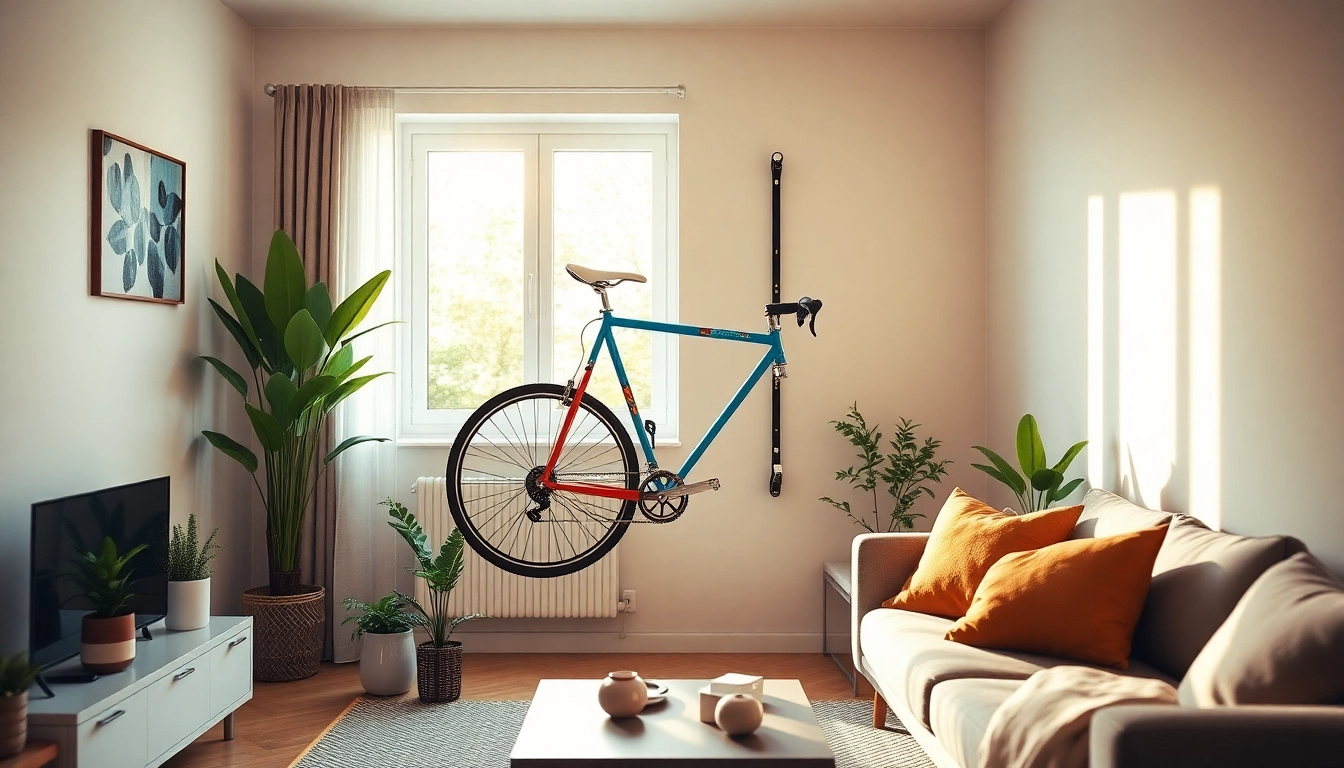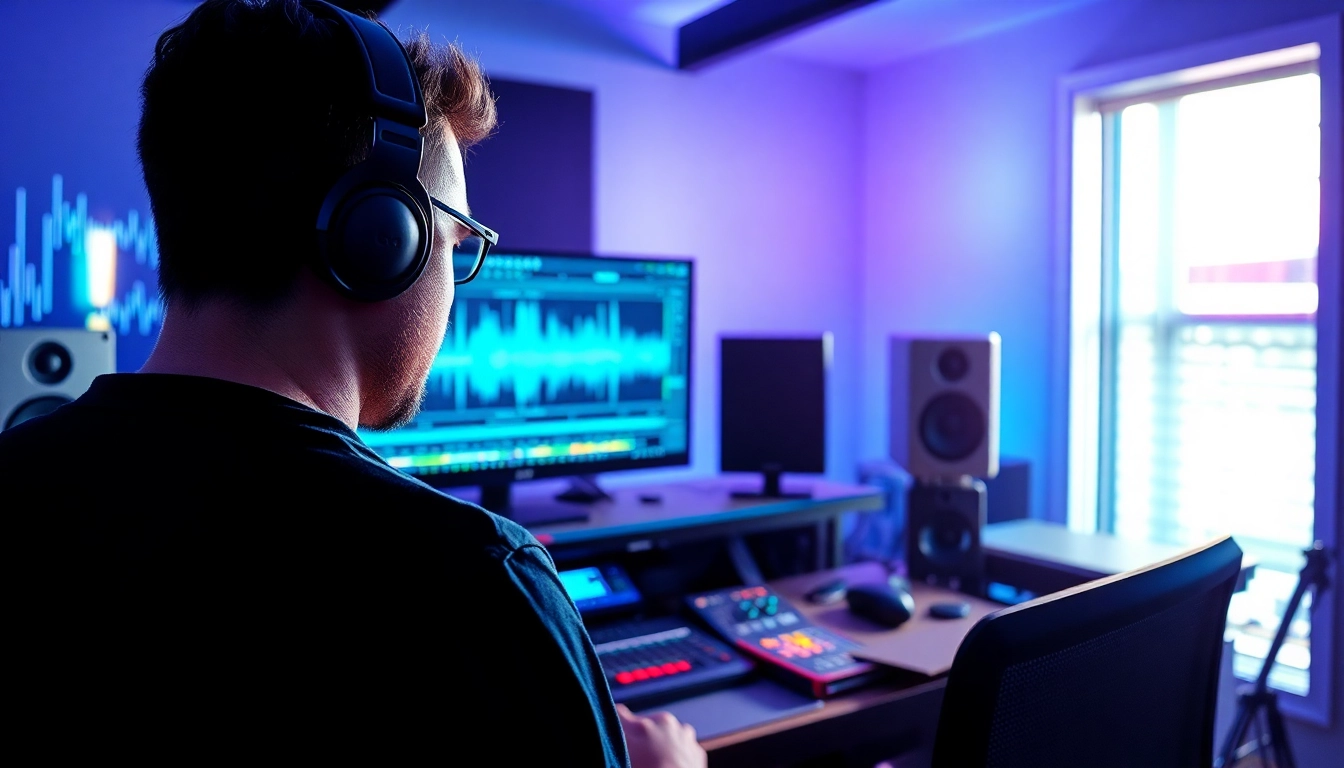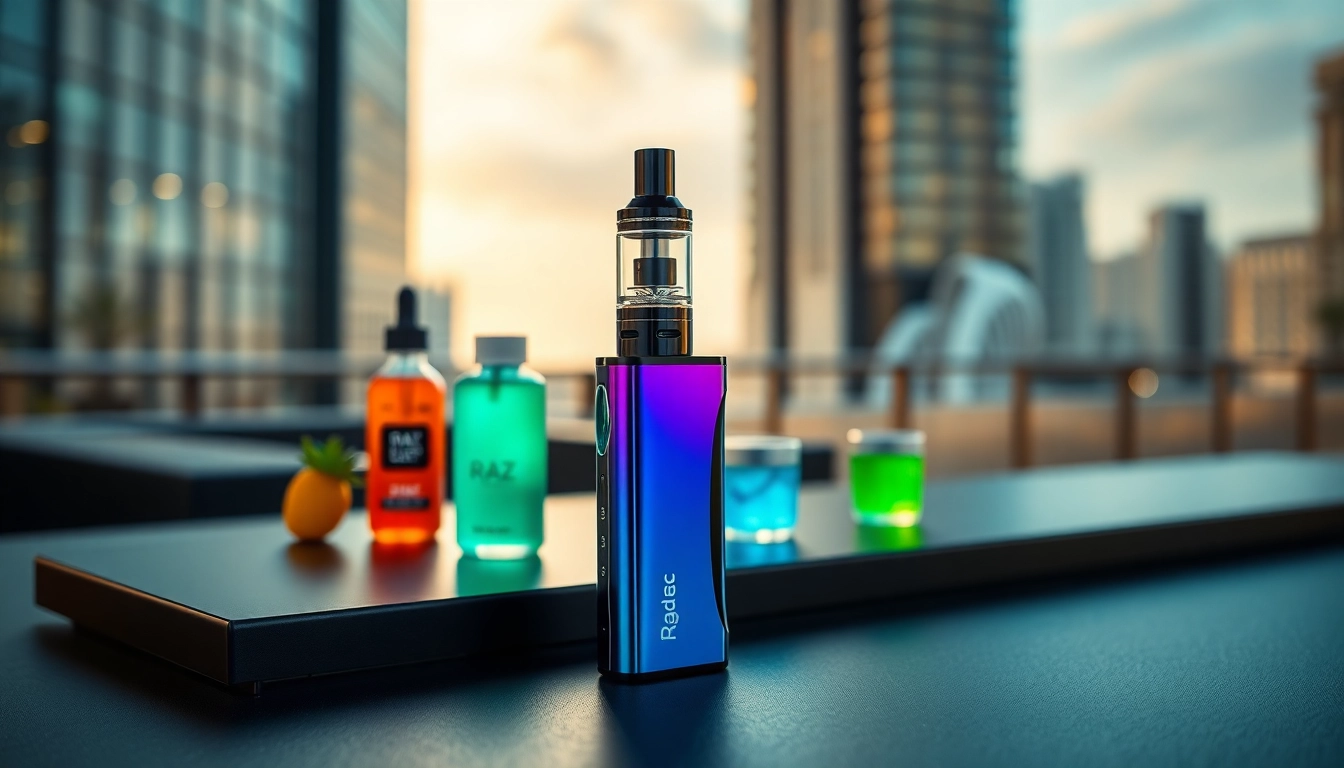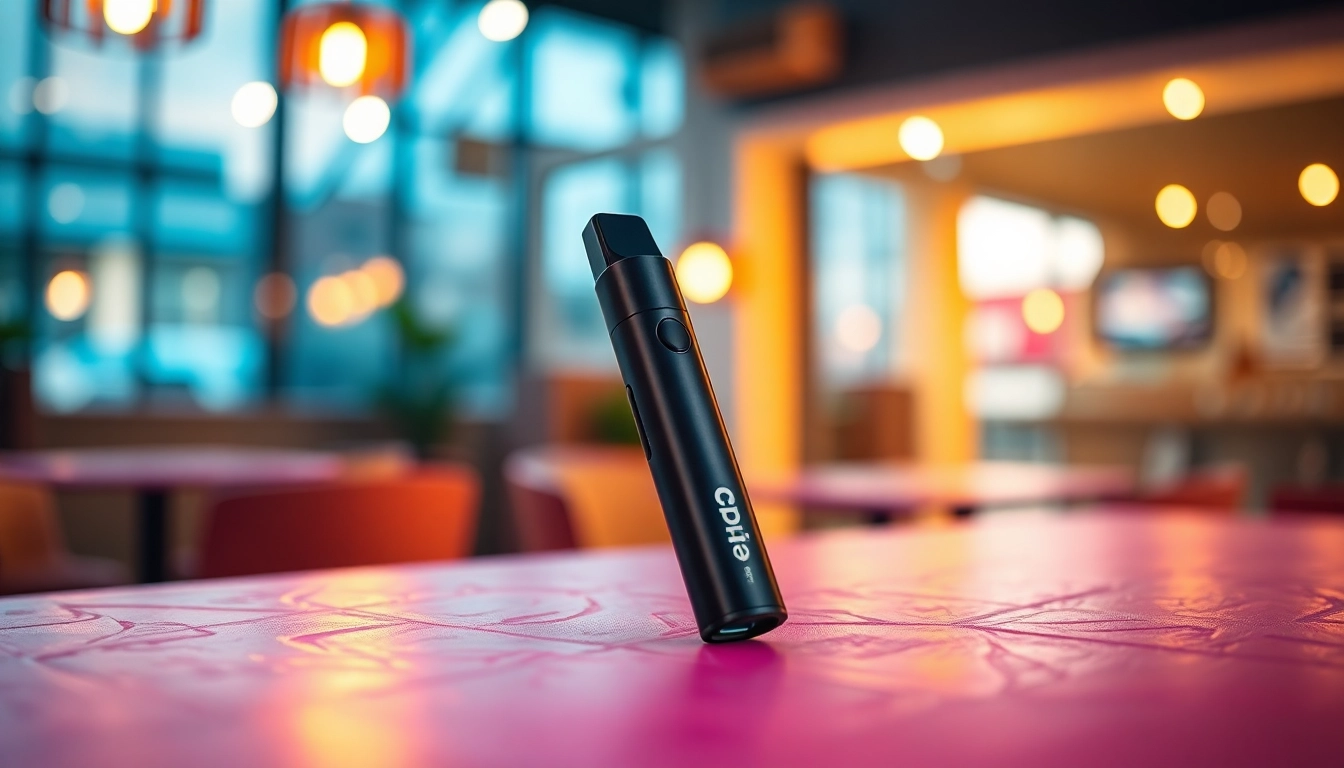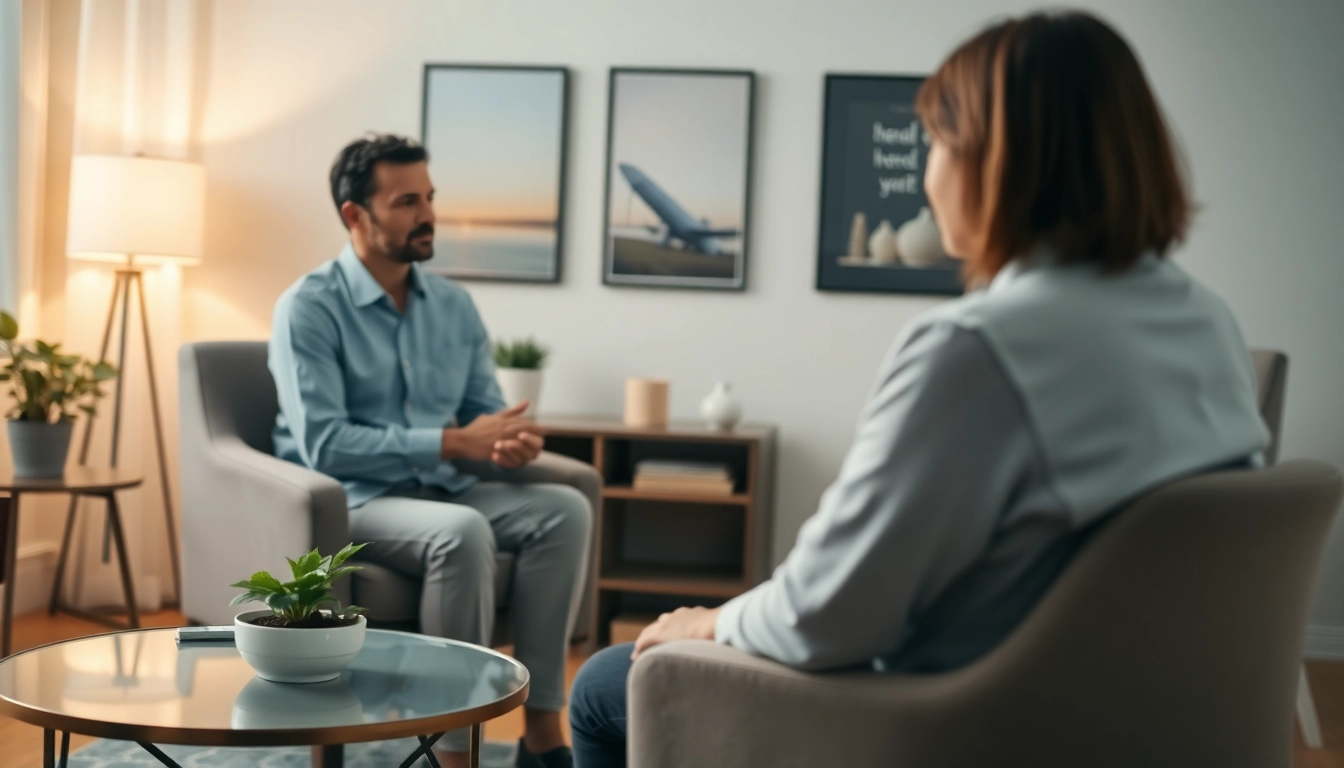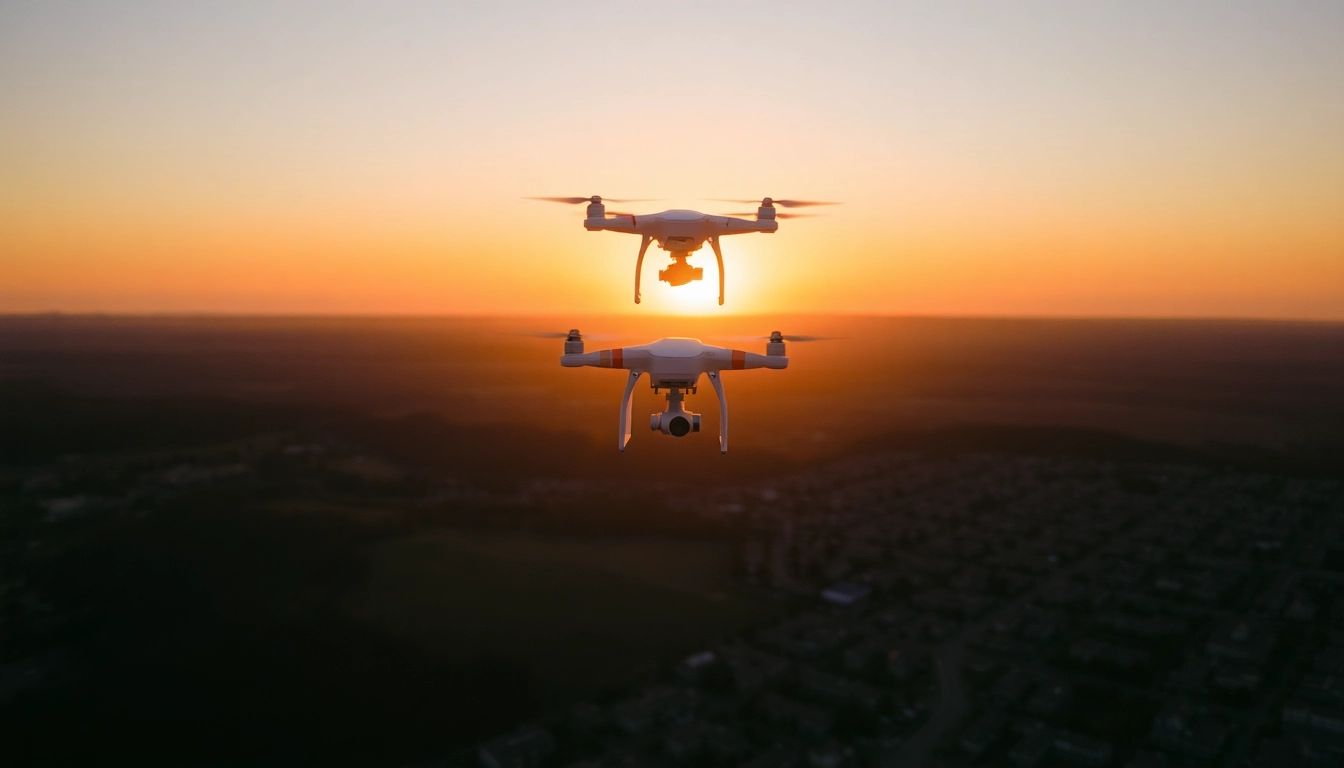
Introduction to Drone Photography Regulations
Drone photography has exploded in popularity over the past decade. With advancements in technology, drones are now more accessible than ever, allowing photographers to capture stunning aerial images that were once the domain of aerial cinematography professionals. However, as with any rapidly evolving field, particularly one involving airspace, understanding the legal framework governing drone use is critical. As you consider your own adventures in aerial photography, you might find yourself asking, Is drone photography legal in my area? This article aims to provide a comprehensive guide to help you navigate the maze of regulations that impact drone photography around the world, whether for professional use or personal projects.
The Basics of Drone Laws
Drone laws are complex and can vary significantly depending on the region. Fundamental to drone laws are regulations that dictate where drones can be flown, what levels of airspace they can occupy, and the requirements for licensing a drone operator. The Federal Aviation Administration (FAA) in the United States has established guidelines that apply nationwide, but they serve as a baseline; local jurisdictions often impose additional restrictions.
Why Understanding Legality Matters
Understanding the legal parameters surrounding drone photography is not just about adhering to the law; it’s also about safety and respect for privacy. Flying a drone without knowledge of applicable regulations can expose you to legal repercussions, including fines and the confiscation of your drone. Additionally, being well-informed allows you to conduct your photography in a manner that respects local community standards and ensures safe interactions with other airspace users.
Key Definitions for Drone Users
Before diving deeper into the regulations, it’s crucial to understand some key terms:
- UAS (Unmanned Aircraft System): Refers to the complete system used to operate a drone, including the aircraft and the control station.
- Remote Pilot: A person who manipulates the controls of a drone or UAS.
- Visual Line of Sight (VLOS): The requirement to keep the drone in sight during flight, a common regulation for recreational users.
- Controlled Airspace: Airspace where air traffic control has authority over aircraft operations, typically around airports.
Local Laws on Drone Photography
Finding Regulations in Your Area
The first step to ensuring your drone photography is legal is to familiarize yourself with the regulations specific to your local area. Municipalities often have their own sets of rules, especially when it comes to flying drones in public parks or near populated areas. In many cases, city ordinances may prohibit drone flight in certain locations, or require special permits for commercial use.
Common Restrictions You Need to Know
Common restrictions that drone operators should be aware of include:
- Flight Altitude: Most areas have restrictions on how high a drone can fly, typically capping it at 400 feet to avoid conflicts with manned aircraft.
- Prohibited Areas: Locations such as airports, military bases, and certain wildlife reserves often have regulations banning drone operations entirely.
- Privacy Concerns: Local laws may also address privacy issues related to photographing individuals or private property without consent.
How to Research Local Laws Effectively
When researching local drone laws, it’s important to use multiple sources. Here’s a simple approach:
- Start with the FAA: Visit the FAA website to understand the national regulations that will affect your area.
- Consult Local Government Websites: Many cities and counties will have information available regarding drone flying in their jurisdiction.
- Contact Local Authorities: Don’t hesitate to reach out to your local police or city council for specific questions or clarifications.
National vs. Local Drone Rules
Key Differences You Should Be Aware Of
Understanding the differences between national and local drone rules is essential for compliance. National laws typically establish the foundational guidelines for safe operation and air traffic management. Local laws can build upon these, introducing more stringent restrictions based on individual community needs and concerns.
Federal Regulations Guiding Drone Flying
The Federal Aviation Administration (FAA) governs drone regulations in the United States, including the Part 107 rules for commercial drone operations. These regulations cover aspects such as pilot certification, airspace classifications, and operational limitations, forming the backbone of U.S. drone law.
Local Authorities: Who to Contact for Clarifications
If you’re ever in doubt about the legality of drone operations in your area, reach out to the local authority. This may encompass local law enforcement, parks and recreation departments, or even specific zoning boards. Many areas may also have guidelines or permit applications available online to aid drone operators in understanding the legal landscape.
Best Practices for Legal Drone Photography
Staying Informed About Updates to Drone Laws
Regulations surrounding drone usage can change frequently. To stay informed, consider subscribing to drone industry newsletters, following relevant online forums, or joining local drone clubs. Regularly checking the FAA website for updates is also a good practice.
Permitting: What You Need to Do Before You Fly
For commercial drone photography, acquiring the appropriate permits is a must. This might involve applying for a Section 333 exemption for certain commercial operations in the U.S. Always ensure that you keep all necessary documentation accessible and current to avoid potential legal issues during your projects.
Safety Measures and Ethical Considerations
Moreover, operating drones responsibly means considering the safety of both people and property. Here are some best practices:
- Conduct Pre-Flight Inspections: Always inspect your drone before flying to ensure it’s in good condition.
- Respect Privacy: Be respectful of private property and individuals. Avoid flying in areas where you might unintentionally invade privacy.
- Stay Updated on Safety Procedures: As a pilot, it’s important to keep abreast of safety measures and best practices outlined by different drone organizations.
Conclusion: Staying Compliant While Taking Stunning Shots
Summarizing Key Points on Legality
Having a solid grasp of drone laws—both national and local—will not only help ensure compliance but also enrich your experience as a drone photographer. From understanding VLOS requirements to contacting local authorities for clarification on unique regulations, being informed is your best asset in the field.
Resources for Drone Photographers
Here are some valuable resources for those looking to deepen their knowledge of drone laws and best practices:
- Federal Aviation Administration (FAA): Their website provides the most accurate information on federal regulations.
- Local Drone Clubs and Associations: Joining these can be invaluable for networking and gaining insights from seasoned pilots.
- Drone-related Forums: Online communities can be great sources of information and advice.
Your Path Forward in Drone Photography
As you venture into the world of aerial photography, consider legal compliance as foundational to your practice. By staying informed about local laws, securing necessary permits, and always prioritizing safety and privacy, you can enjoy your drone photography while capturing breathtaking views legally and ethically. The sky is truly the limit for compliant drone photographers, so take flight with confidence and creativity!
